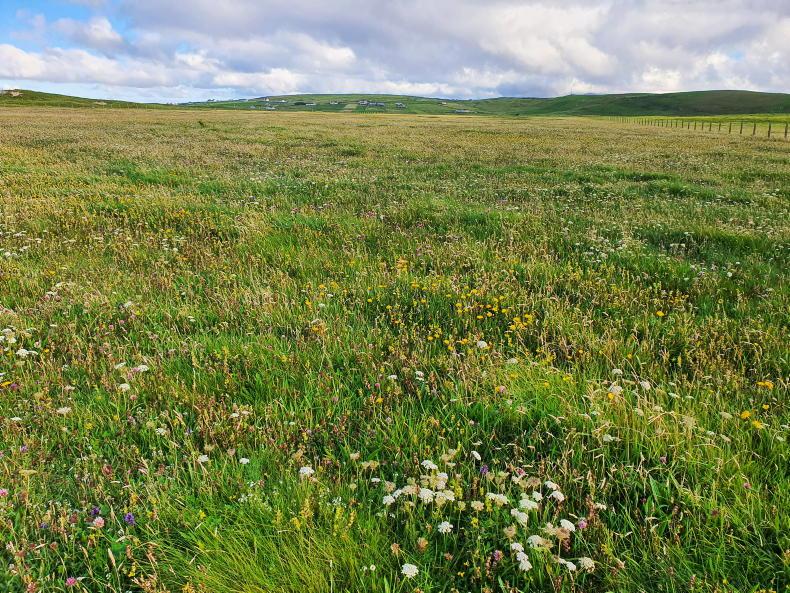Some 3,500ha of land in Donegal, Mayo and Galway is targeted under the new €7.4m LIFE on Machair project, which is being run by the Department of Housing, Local Government and Heritage.
The new scheme, revealed by the Irish Farmers Journal at the weekend, will see farmers rewarded through results-based payments.
The project seeks to improve the conservation condition of Ireland’s machair habitats and the ecological conditions for the species it supports by working positively with local farming communities.
Machair is a coastal habitat characterised by a plain of lime-rich, wind-blown sand that is unique to the north and west of Ireland and Scotland.
Farmers at the centre
Farming and farmers are central to the project in the role that they can play in protecting and restoring machair systems, the Department of Housing said.
“It will focus on nine special areas of conservation (SACs) and four special protection areas in counties Donegal, Mayo and Galway.
“A voluntary results-based payment scheme (RBPS) will be linked to the quality of the habitat, putting the landowner, their skills, expertise and knowledge of their land central to the development of this project,” it said.
Minister for Heritage Malcolm Noonan said he is hopeful the project will help conserve the unique machair systems in Ireland, while also supporting coastal rural communities.
The project team will work with farmers to develop and roll out agricultural management agreements on project sites that incentivise and reward farmers for improving habitat functioning and delivering ecological resources for breeding waders and pollinators in the long term.
It will also work with landowners to implement site-specific conservation interventions (eg revegetation, predator control) to address acute threats to the targeted habitats and species on project sites and provide opportunities and support for local farmers and communities to engage in capacity building and knowledge sharing on the sustainable management of machair sites.
It aims to reduce the negative impacts of recreational users on popular sites by developing a sustainable tourism model for machair sites and to develop a strategy to ensure replication and transfer of project results.
Pressures
The Department said that the typical flower-rich vegetation of machair is traditionally maintained through low-intensity livestock grazing, but is susceptible to pressures from recreational activities and over-grazing.
“Machair ecosystems provide an important refuge for pollinators and threatened breeding wader bird species, such as dunlin, lapwing and redshank.
“Post-Brexit, the entire EU land cover of the habitat occurs in Ireland, meaning the conservation of machair in Ireland is of significance on a European scale,” it said.







 This is a subscriber-only article
This is a subscriber-only article










SHARING OPTIONS: